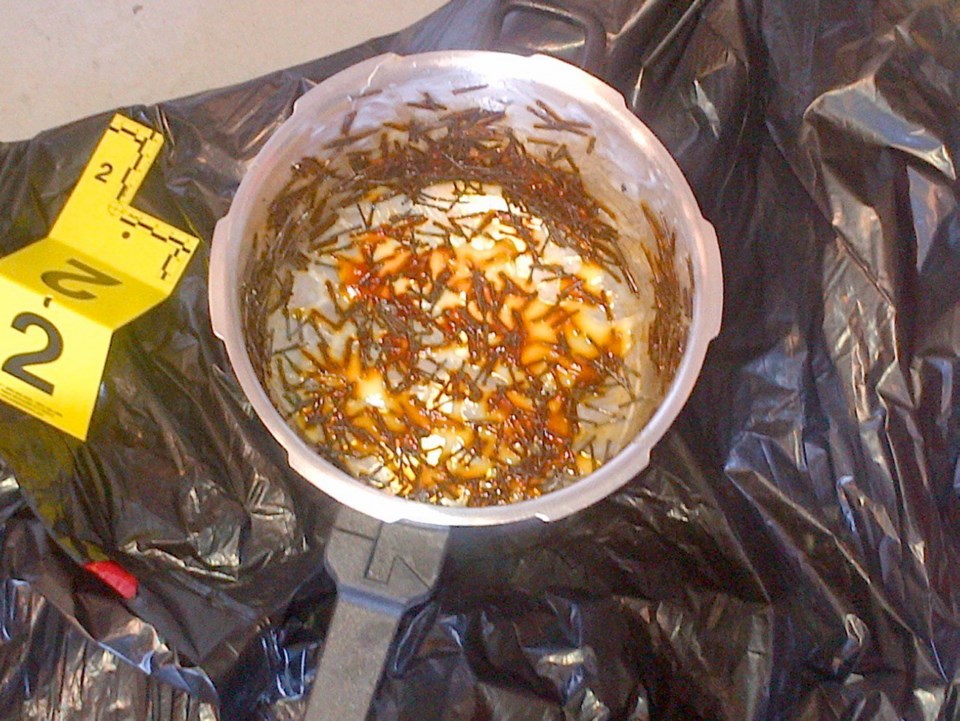Pressure-cooker bombs like those left at the legislature on Canada Day would have had a “devastating” effect if they had exploded in the presence of a large crowd, possibly injuring hundreds.
That was the assessment of Andrew McGregor, director of Aberfoyle International Security — a non-partisan, Toronto-based consulting firm that specializes in security issues affecting the Islamic world.
“Anti-personnel devices like this typically work best when they’re in a crowd situation, the kind of thing you would expect on the legislature lawn on July 1,” McGregor said. “They can be quite devastating, considering how easy they are to make.”
He said photos of rusty nails contained in the devices indicate a particularly bad intent. “When you start to see things like the use of rusty nails, there’s some really malicious thinking going on.”
McGregor said the pressure-cooker bombs that were part of the thwarted plot were “pretty much identical” to what was used at the Boston Marathon in April, where a pair of explosive devices killed three people and injured more than 260.
“These bombs are all being made from the same recipe that’s available on the Internet now.”
Pressure-cooker bombs are a cheap and easy way to make effective, and potentially deadly, explosives.
It’s a common technique taught in Afghanistan terrorist training camps, according to a bulletin from the U.S. Department of Homeland Security.
Typically, the bombs are made by placing TNT or another type of explosive into an ordinary pressure-cooker device, and attaching a blasting cap on the top, said the bulletin, which was written in 2004 and distributed to U.S. state law-enforcement agencies.
“The size of the blast depends on the size of the pressure cooker and the amount of explosive placed inside,” the bulletin says.
“Pressure-cooker bombs are made with readily available materials and can be as simple or as complex as the builder decides.”
The devices can be set off using electronic components such as digital watches, garage-door openers, cellphones or pagers. As a common cooking utensil, the pressure cooker is often overlooked in searches of vehicles, residences or merchandise crossing U.S. borders, the bulletin says.
The pressure cooker has an airtight lid to trap steam, which is normally used to cook food at temperatures as high as 250 F.
When explosive material is used, an electrical charge inside the device ignites the material, which rapidly builds up pressure inside the container and then blows it open, shooting shrapnel as fast as bullets, the bulletin said. When a suspected pressure-cooker bomb is found, authorities recommend moving people to a distance of 563 metres, out of the line of sight of the device.
The legislature lawn is roughly 72 metres by 110 metres.
Pressure cookers sell for as little as $50.



